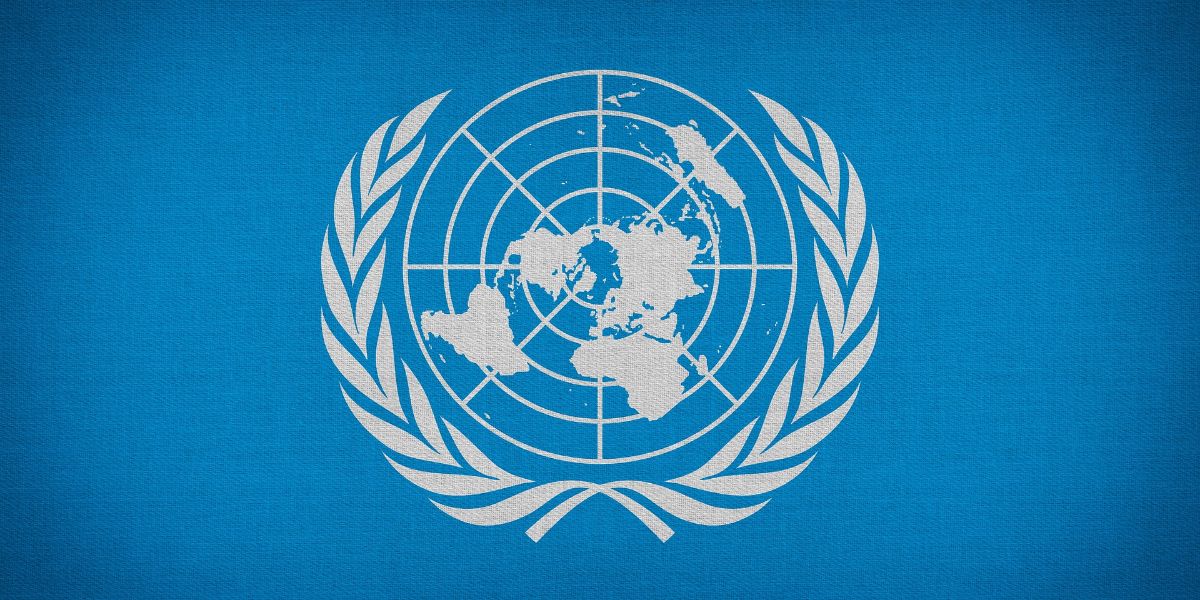On 18 October 2024 the UN Tax Committee held a first discussion on some new chapters of the Handbook on Health Taxes for Developing Countries. The subcommittee also presented revised versions of some chapters that had already been presented at an earlier session. The new chapters included a draft chapter 6 on practical considerations for health tax revenue use; a draft chapter 7 on administering health excise taxes; a draft chapter 9 on ensuring coherence between policy instruments; and a draft chapter 11 on specific issues with respect to tobacco taxation.
The draft chapter 6 on practical considerations for health tax revenue use examines policy priorities, setting out possible health tax revenue use strategies, including earmarking as the most formal approach to revenue use. The chapter briefly reviews country practices in relation to their policy objectives and the outcomes for health financing. The chapter also looks at political economy and public financial management considerations.
The draft chapter 7 on administering health taxes notes that excise tax is charged on a narrow base of goods and services with certain characteristics. In many countries, the scope of excise taxes goes beyond health taxes and includes fuel, cosmetic products and other selected goods and services such as telecommunications and gambling. Excise taxes are increasingly being levied based on weight, quantity, product content or volume rather than value, and places a significant tax burden upon each taxable product. If excise tax can be avoided or evaded it provides a substantial commercial advantage in the marketplace, and efficient administration and enforcement of the taxes are therefore required. The legislation and administration should include provisions for licensing, production controls, inventory management, reporting and controls, refunds and rebates, audit, compliance and enforcement.
The draft chapter 9 on ensuring coherence between policy instruments notes that what makes a tax into a “health tax” is the ability to create incentives that can lead to health improvements. This requires careful design for the tax. Other taxes may be levied on the same products at different levels of the supply chain, creating interactions between health taxes and other taxes, that may weaken or increase the effect of the health taxes. The chapter looks at the interplay between health taxes and customs and monetary unions, and non-tax agreements such as trade and commercial agreements. These give rise to potential constraints to the use and design of health taxes. There are also tensions between international trade objectives, corporate strategies and the need to protect public health.
The draft chapter 11 on tobacco taxation looks at tobacco tax policy design; effective engagement with the tobacco industry; and the regulation of new and emerging products. The draft chapter notes that Governments typically levy a variety of taxes on tobacco products including excise taxes, value added taxes or sales taxes, customs duties or other indirect taxes. Cigarettes are appropriate for excise tax as they are produced by a small number of tobacco manufacturers, have relatively few substitutes and significant externalities, and inelastic demand. The draft chapter notes that uniform specific tobacco taxes that keep pace with inflation and income growth are more effective in raising prices, reducing affordability, and decreasing consumption than ad valorem and tiered taxes. Cigarettes are relatively price inelastic, so an increase in price can lead to a relatively small decline in consumption, but the evidence suggests that consumption is more responsive to price in low- and middle-income countries (LMICs).
The chapter emphasises that industry interference can be a barrier to the implementation of tobacco control measures. Industry tactics can take the form of discursive tactics, shaping narratives and arguments, or instrumental tactics, which include direct actions to influence policy making and markets. The tobacco industry’s main discursive strategy is to overstate the costs of proposed tobacco control policies and to downplay public health benefits. The novel and emerging nicotine tobacco products, such as electronic cigarettes and heated tobacco, are marketed as safer alternatives to traditional cigarettes and may be promoted as cessation tools, although there is insufficient evidence to support this. Industry tactics include lobbying of government officials, the use of front groups, corporate social responsibility initiatives or legal and economic threats.













